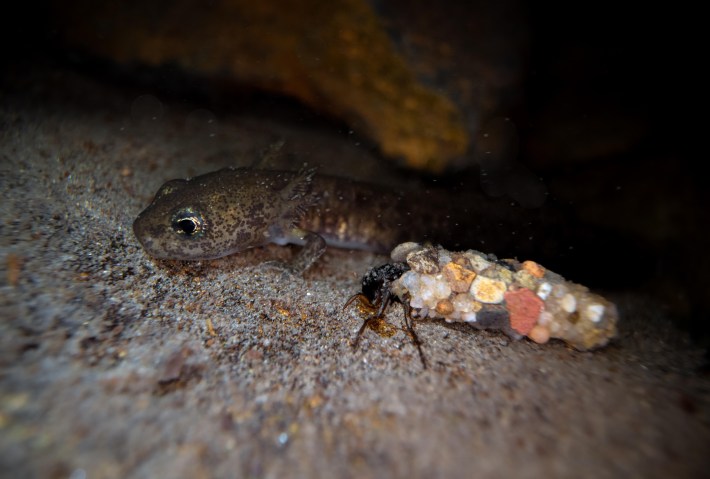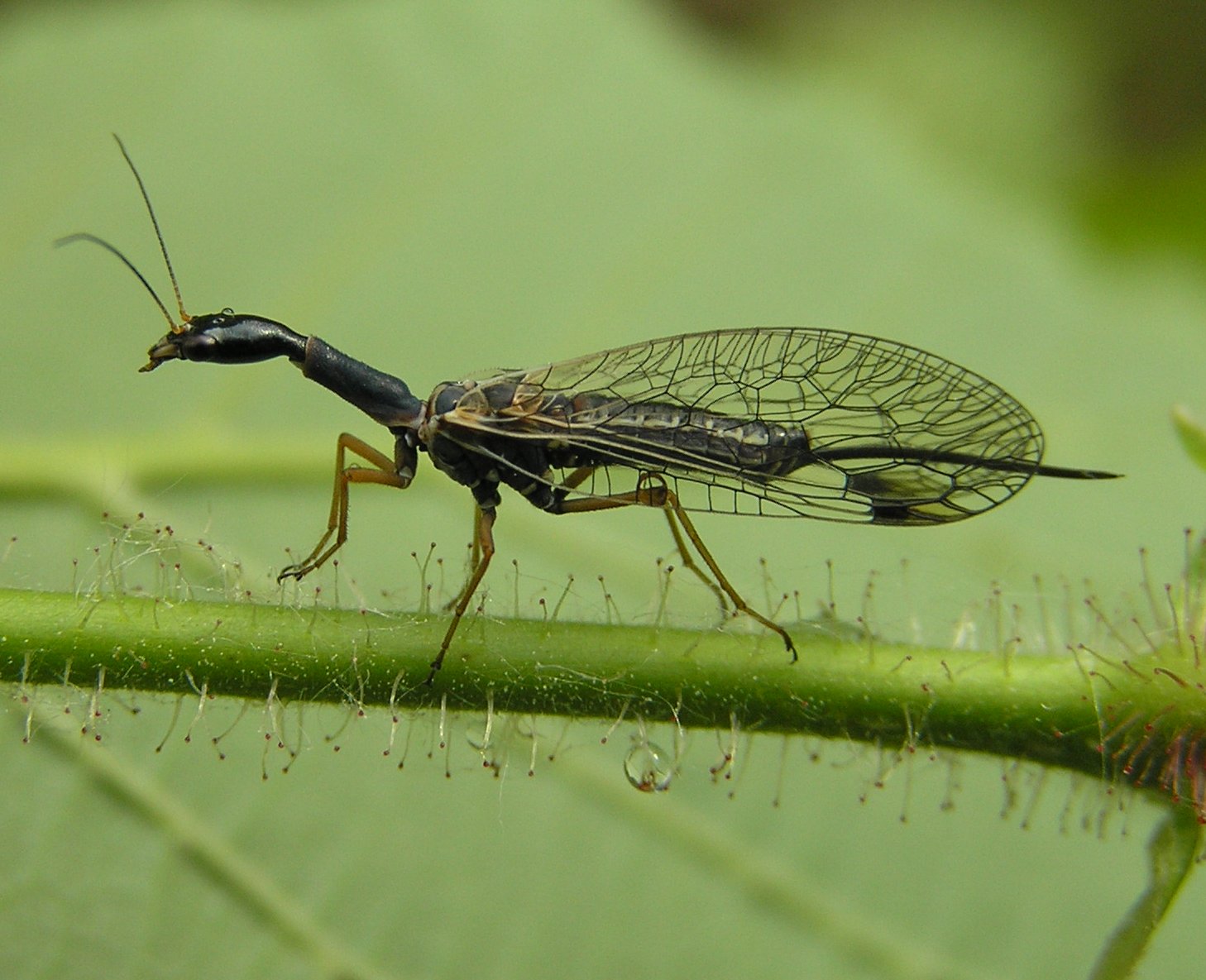The poet Kobayashi Issa wrote thousands of haiku before his death in 1828 in his native village of Kashiwabara. More than 500 of these brief poems centered arthropods: he wrote 150 about flies, dozens about fleas and mosquitoes, and many more about fireflies, cicadas, grasshoppers and other tiny invertebrates. One of Issa's most famous haiku—the first one of his I remember encountering—is about one of the most maligned arthropods, translated by the poet Robert Hass:
Don’t worry, spiders,
I keep house
casually.
It is fitting that some of the world's smallest animals star in some of the world's shortest poems. Traditional Japanese haiku included a word or phrase called a kigo, which were associated with particular seasons. Invertebrates often served as kigo. Mentions of horseflies, butterflies, or snails heralded spring; praying mantis, katydids, or silkworms denoted autumn; a swarm of fleas, flies, slugs, ants, fireflies, or caterpillars welcomed summer. In a haiku, a bug can take up space and be the center of thoughtful attention in a way that is rarely afforded invertebrates in other media.
But this attention is not doled out evenly among arthropods, a phylum that accounts for 80 percent of all known living animal species, including insects, crustaceans, arachnids, centipedes and millipedes, horseshoe crabs, and others. If chimps, elephants, and dolphins are the charismatic stars of nature documentaries, crickets, fireflies, and butterflies are the charismatic stars of haiku. At least, that is what two researchers predicted before analyzing nearly 4,000 haiku that reference arthropods, publishing their results in the journal PLOS One. The researchers wanted to understand which insects and their relatives appeared most frequently in the poems, as well as what aspects of their lives and biology the poets touched upon.
The researchers read journals, books, collections, and poetry contests to collect thousands of haiku written between 1549 and 2022. A third of these haiku were written for the Hexapod Haiku Challenge, an annual poetry contest held by Penn State's entomology department that focuses on short poetry about arthropods. The authors then scored each haiku for any mention of biological complexity, such as details about an arthropod's locomotion, reproduction, anatomy, physiology, ecology, behavior, and more. Issa's spider haiku would have scored low on this scale, with just +1 for a mention of its habitat (a house). But this haiku, penned by Issa in 1812, scored much higher, with points for anatomy, metamorphosis, life stages, and ecology:
the hairy bug
becomes a butterfly...
summer moon
While the researchers found many mentions of species' habitats, color, and movements, very few haiku referenced an arthropod's reproduction or physiology, meaning the functions of their bodies. (Issa clearly dropped the ball in writing absolutely no poems about insects' thermoregulation or chemosensory abilities!) This was somewhat expected, as was the researchers' findings that certain charismatic or highly visible taxa were overrepresented relative to their species diversity and likelihood of human encounters. There were 510 references to butterflies and moths, 347 to ants, wasps, and bees, 314 to mosquitoes and flies, 310 to fireflies and beetles, and 220 to spiders—the unsurprising celebrities of the arthropod world.
Surprisingly, one rather unlikable group also came out with immense overrepresentation in haiku: fleas. Although fleas represent just .18 percent of arthropod species, they made up more than one percent of references, which the authors chalk up to the fact that pest control, pet hygiene, and urbanization were less developed in the golden age of haiku. Relatedly, bed bugs did not appear in haiku until 2010, as they had a global resurgence in the 1990s after near-eradication in certain parts of the world. But I was still glad to see there were haiku about bed bugs and fleas in the first place.
Perhaps the most distressing takeaway from the paper is that nine higher-level taxa of arthropods did not appear in any haiku. It was crushing to know that these insects have lived alongside us on Earth for millions of years yet were not thought to be flamboyant enough to helm a haiku, if they were even thought of at all. Although I admit that I hadn't heard of several of these insect orders before reading this paper, I would like to right this historical wrong and ensure these fine bugs see themselves represented in the hallowed archives of haiku. I am now pleased to share with you my haiku of varying biological complexity for these nine unsung, unseen, often anatomically baffling groups of insects. If you are so inspired, drop some haiku in the comments.
Snakeflies (Raphidioptera)
Not a snake or fly
but its own peculiar thing—
not much else to say
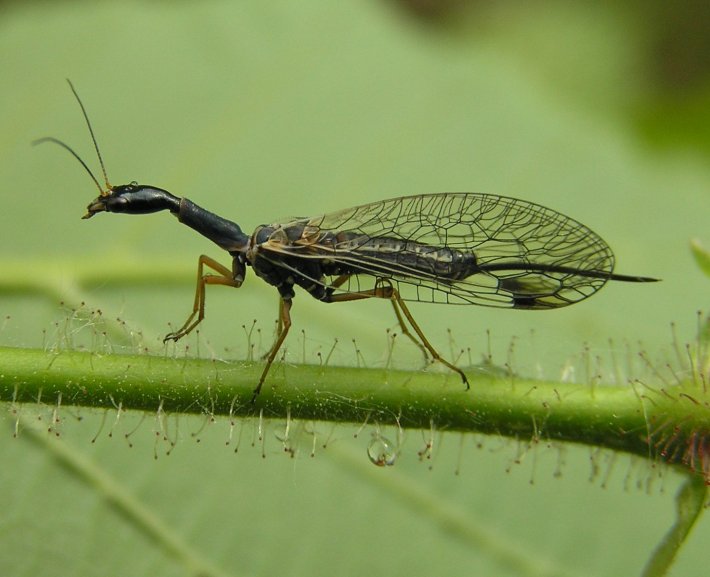
Jumping bristletails (Archaeognatha)
Your group's range is like
Sarah Jessica Parker—
cosmopolitan

Webspinners (Embioptera)
What's up MTV!
Welcome to my crib of silk
Spun it with my foot
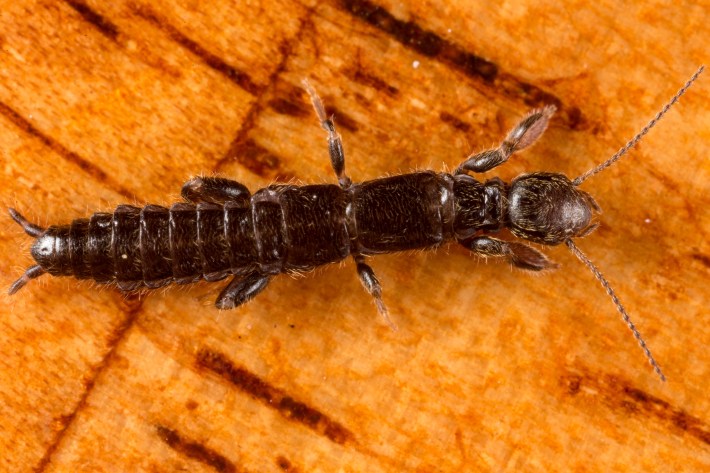
Ice crawlers (Notoptera)
A freaky ice queen
Who forages on glaciers
Well, at least for now...
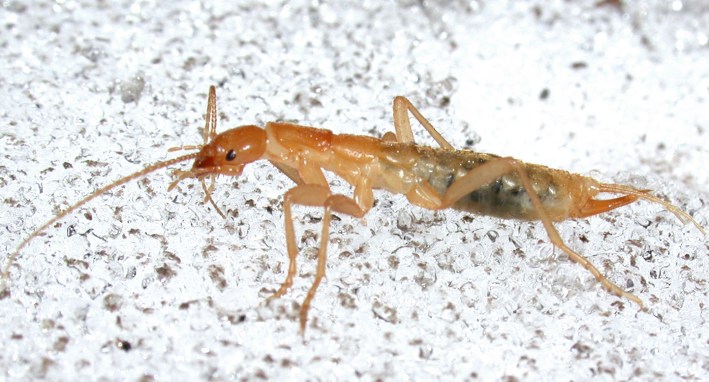
Angel insects (Zoraptera)
Hello little mouse
Sure you're alone in your nest...
You're not! I'm here too
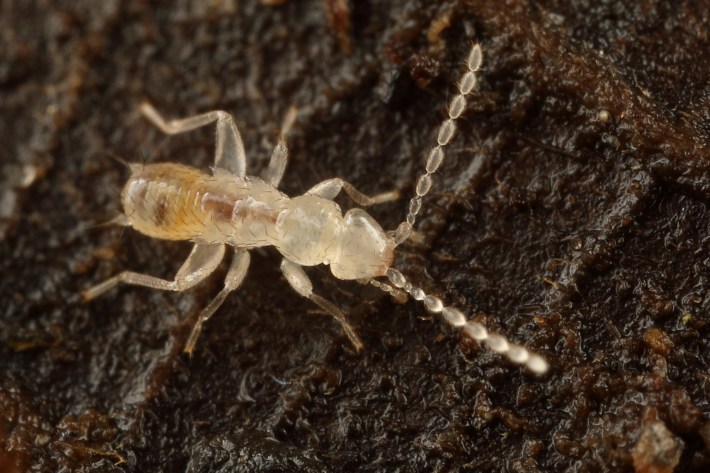
Alderflies, dobsonflies, fishflies (Megaloptera)
Minnow, tadpole, crunch—
never underestimate
an invertebrate!
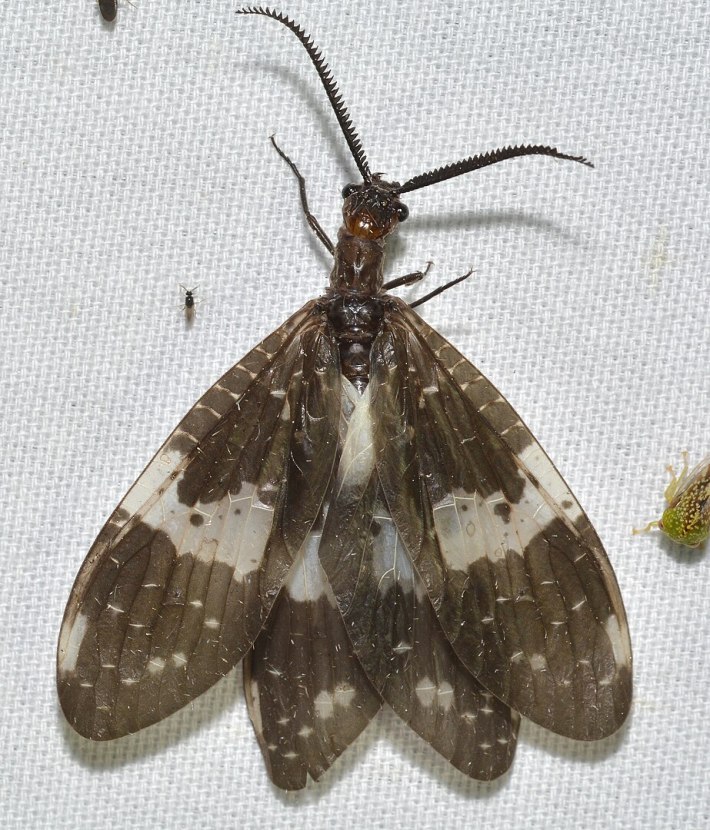
Twisted-wing insects (Strepsiptera)
I loved my mother
and I devoured her body
What will bee will bee!
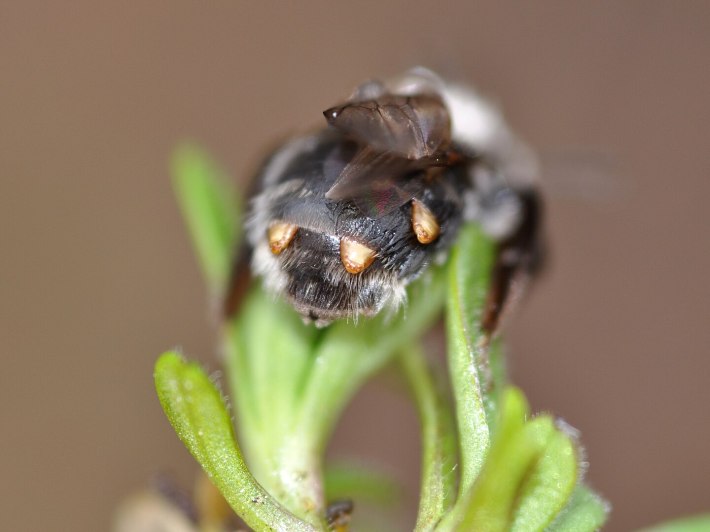
Stoneflies (Plecoptera)
As a stream baby
I breathed through gills by my ass
Jealous? Just say so.
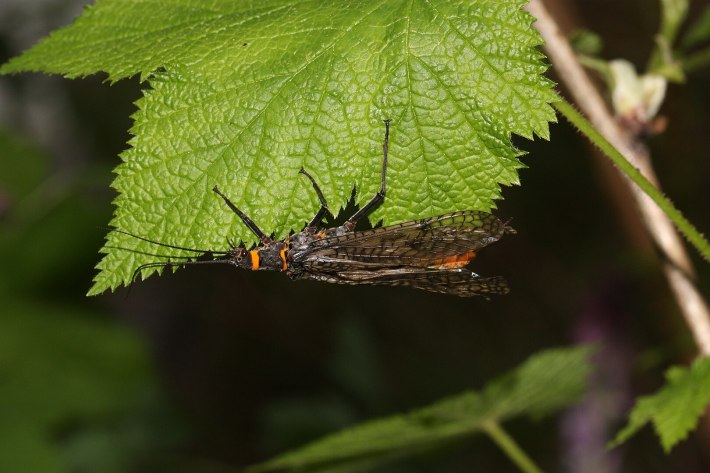
Caddisfly (Trichoptera)
To be a baby
and a found-objects artist?
Marcel Duchamp who!
